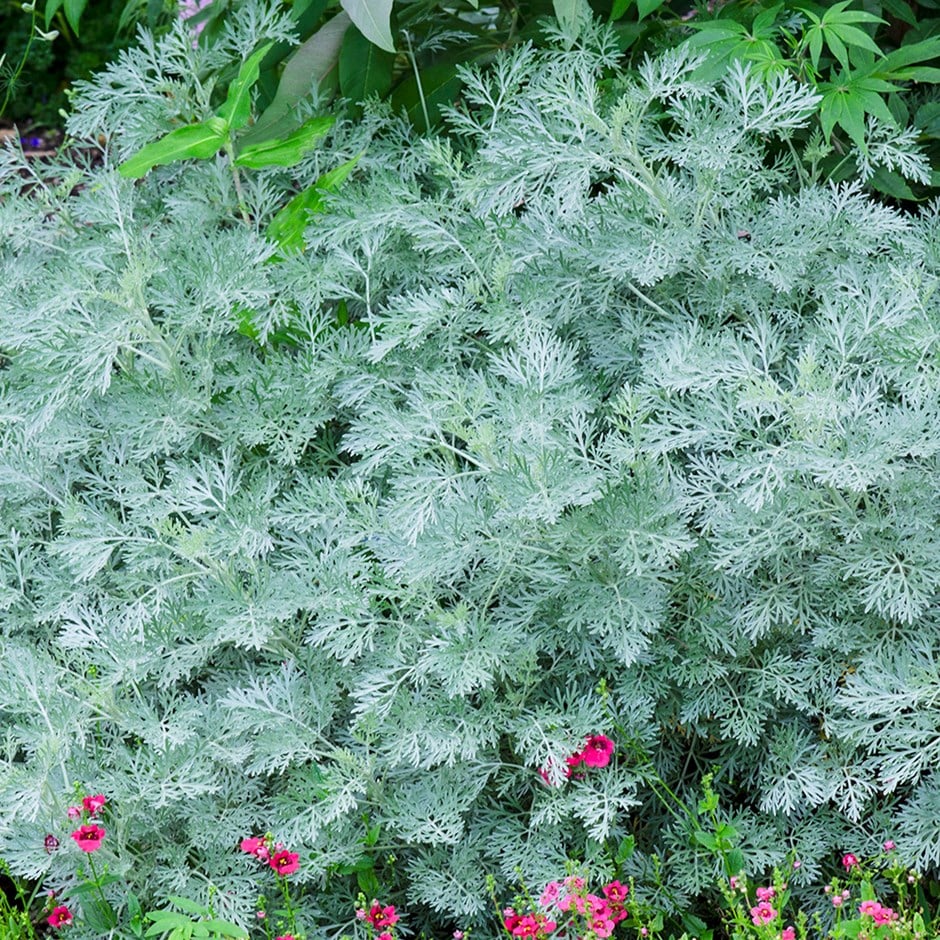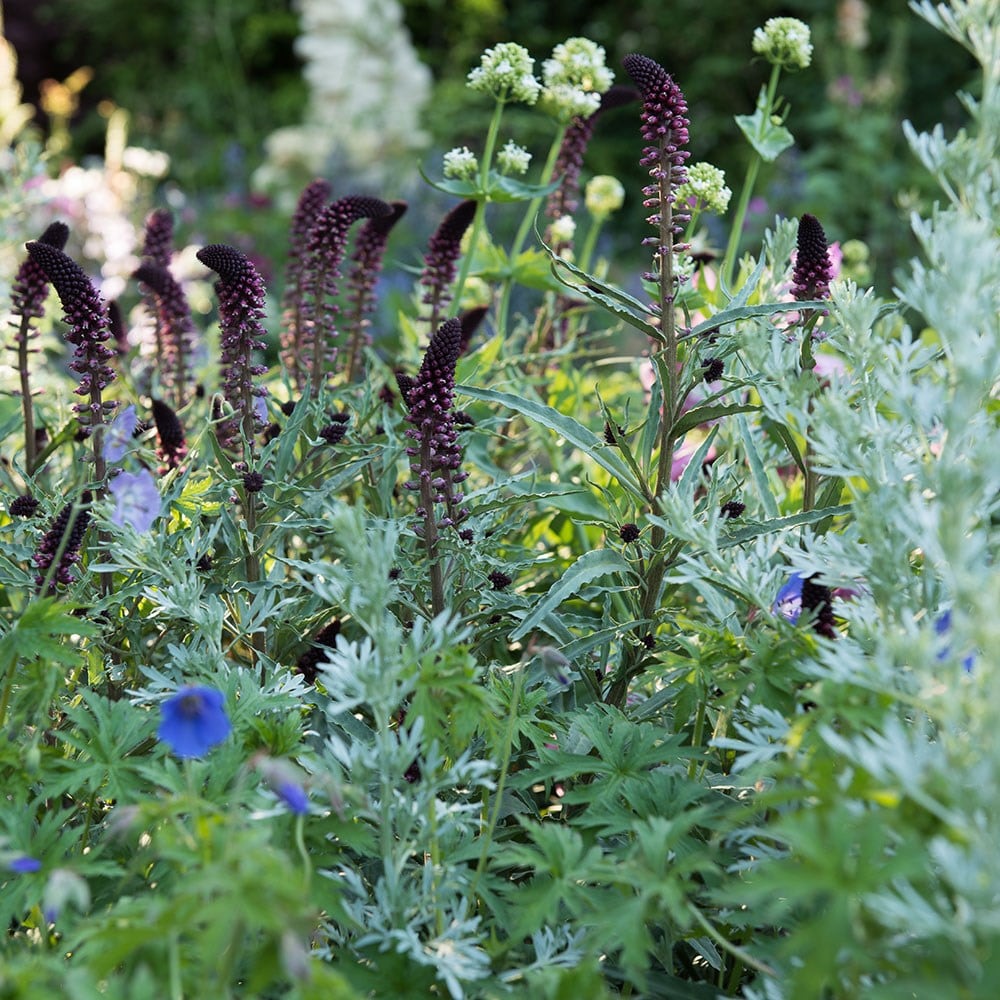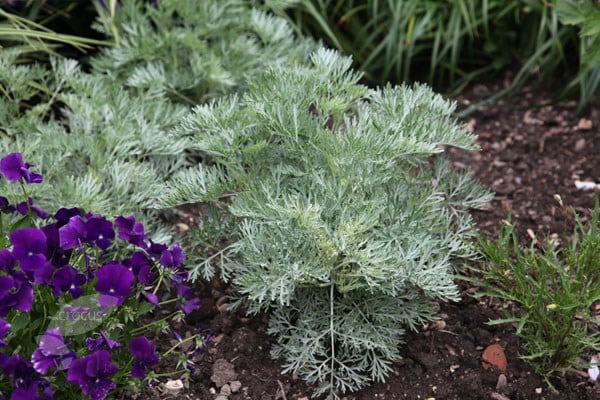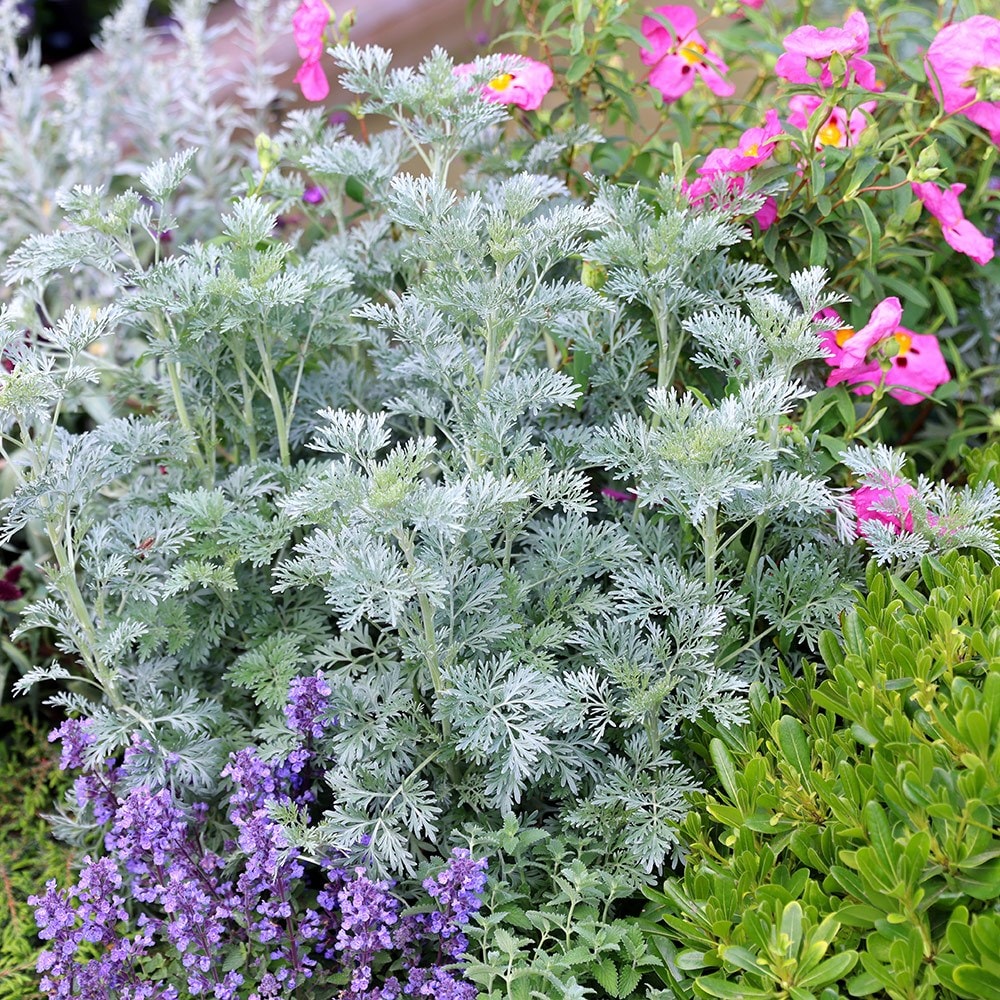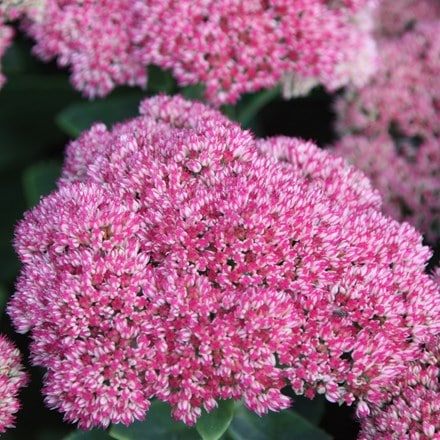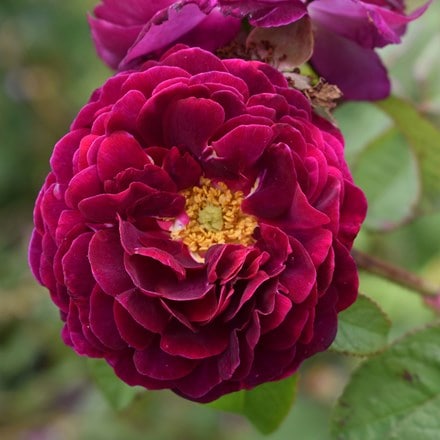Artemisia 'Powis Castle'
wormwood
- 9cm pot
- £8.99
- In stock (shipped within 2-3 working days)
- 3 × 9cm pots
- £19.99 £6.66 each
- In stock (shipped within 2-3 working days)
- 6 × 9cm pots
- £34.99 £5.83 each
- In stock (shipped within 2-3 working days)
- 2 litre pot
- £18.99
- In stock (shipped within 2-3 working days)
- 3 × 2 litre pots
- £47.99 £16.00 each
- In stock (shipped within 2-3 working days)
Delivery options
- Standard £5.99
- Position: full sun
- Soil: well-drained, fertile soil
- Rate of growth: fast
- Flowering period: August
- Hardiness: frost hardy (may need winter protection)
Artemisias are prized for their light, almost silver, aromatic foliage rather than for their flowers, which are dull and insignificant.
'Powis Castle' however is a particularly handsome cultivar, with fine, fern-like, aromatic leaves and tiny, yellow-tinged silver flowers in August.
The billowing foliage of this woody stemmed perennial is ideal for a sunny rock garden or border. Although it's one of the hardiest varieties of wormwood, do plant it in a well-drained site, as the plant is likely to be short-lived in poorly drained soil.
'Powis Castle' however is a particularly handsome cultivar, with fine, fern-like, aromatic leaves and tiny, yellow-tinged silver flowers in August.
The billowing foliage of this woody stemmed perennial is ideal for a sunny rock garden or border. Although it's one of the hardiest varieties of wormwood, do plant it in a well-drained site, as the plant is likely to be short-lived in poorly drained soil.
This wormwood prefers a sunny, well-drained spot and thrives in poor, dry soil—avoid overly rich or damp ground as this can cause the plant to rot. Once established, it’s very drought tolerant and low maintenance.
Cut back the plant in early spring, but avoid pruning into the older, woody stems unless you are trying to rejuvenate it completely, as this can risk dieback. Wait until buds start to break so you can clearly see where to cut.
After pruning, the plant fills out quickly; pinch out the tips through summer to keep the shape neat and prevent legginess. Avoid heavy feeding—this can reduce the compact, bushy habit.
Cut back the plant in early spring, but avoid pruning into the older, woody stems unless you are trying to rejuvenate it completely, as this can risk dieback. Wait until buds start to break so you can clearly see where to cut.
After pruning, the plant fills out quickly; pinch out the tips through summer to keep the shape neat and prevent legginess. Avoid heavy feeding—this can reduce the compact, bushy habit.
